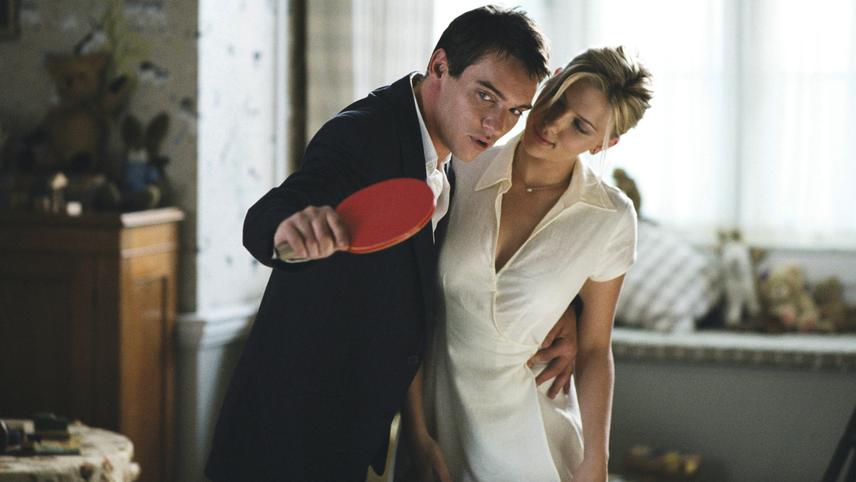
If there was one person to hold up as the representative of auteur cinema in America, nobody comes close to Woody Allen. A neurotic existentialist Jew from Brooklyn, he found consolation from the banality of life through comedy.
When he made films to express his irrepressible comic chops he soon found he enjoyed the process, ever expanding throughout the next fifty years to create one of the most comprehensive bodies of film ever made.
With success came romance, romance controversy, and controversy, well, even more controversy. Yet throughout all that, it can’t be denied that Allen has learned a thing or two about the machinations of love, in turn processing the problems of his personal life into great cinematic art.
Whether its crazy, stupid, absurd or simply downright cheesy; romance has been central to nearly almost every Woody Allen film. His seemingly narrow subject matter — neurotic, middle-class white people, usually living in urban areas — is in fact his greatest gift, using his deep appreciation of the city space, and the types of people who live inside of it, as a means to mine all the myriad facets of love.
In all honestly, to limit the list to only ten representatives seems to do a disservice to his range, as a completely different list could be made prove his wise perspective on the eternally complicated relations between the sexes. Nevertheless, here are ten lessons about love to be learned from the films of Woody Allen.
Spoilers for Woody Allen films to follow.
1. Sometimes love makes you do crazy things: Bananas (1971)

Bananas is usually remembered as a picaresque tale set in some unidentified South American country, as Woody Allen’s protagonist — played as in so many of his “earlier, funnier” films by himself — bumbles his way through a military junta.
Yet, what can be forgotten is the reason why he leaves the comforts of New York to move there in the first place: for the love of a woman. When social activist Nancy (Louise Lasser — Woody Allen’s first ex wife) visits his small flat to tell him to commit to social issues, they almost immediately start dating. Yet when she dumps him he joins up and risks his life to try to show her he has leadership skills.
Whilst the late 60s and early 70s quite rightly saw major upheaval for civil and women’s rights, Allen was shrewdly wondering what some guys intentions really were. Did they truly care about saving the world, or where they just trying to impress girls? Nevertheless, he saw that love can sometimes be so strong that men are willing to rush into the heat of battle in order to follow it.
And who can forget the love scene with Allen and a fellow revolutionary? Allen tells it with the ultimate propensity for hyperbole that characterised his earlier period, scoring it to the end of Tchaikovsky’s 1812 Overture. Yet he manages to top himself later, by scoring the wedding consummation with Nancy to the sounds of sports commentator Howard Cosell; a joke so popular it inspired its own TV show: Pete Versus Life.
2. Sometimes love is just like the movies: Play It Again, Sam (1972)
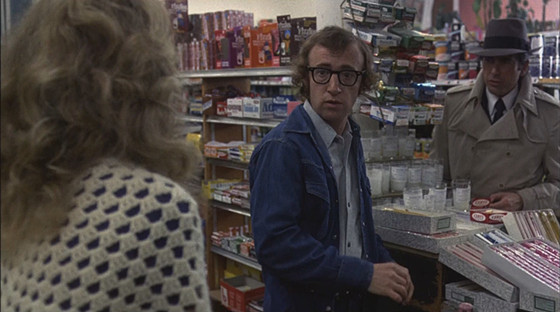
Well regarded as Woody Allen’s practice run at the romantic comedy before he mastered it with Annie Hall, Play It Again, Sam is a modernist work of remarkable reflexivity in and of itself.
The first of many fruitful collaborations between Woody Allen and Diane Keaton, it sees Allen play a morose, recently divorced film critic whose only enjoyment in life is watching reruns of Casablanca and its message of heroic sacrifice of one’s own ideals in service of the greater good. Yet soon he finds a large Bogartian shape popping up into his life, giving him some much needed hardboiled advice.
The result is a fascinating inquisition, which would be explored again from the feminine perspective in The Purple Rose Of Cairo, of whether real life can ever shape up to the magic of the movies. Soon, the plot of Play It Again, Sam suddenly finds itself majestically dovetailing with that of Casablanca, creating a metafictional homage to the transformative power of cinema.
It shows that love can sometimes ape the movies; especially when your own vision of the world is so shaped by repeat viewings of a particular film that everything around you is made to fit into that vision.
3. Sometimes love is stronger than death: Love and Death (1975)
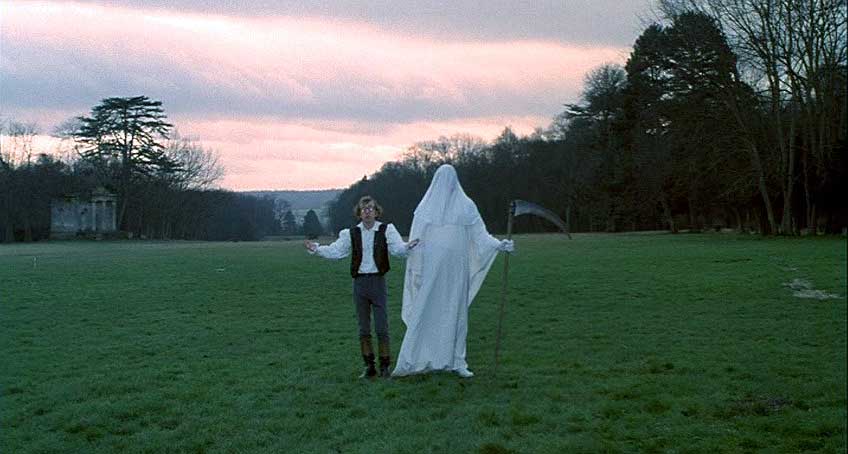
Woody Allen’s homage to the literature of 19th century Russian giants Dostoyevsky, Tolstoy and Turgenev, as well as his biggest inspiration Ingmar Bergman, Love and Death is a romp through war that ends up being a hilarious inquiry into the meaning of life.
Its protagonist, the aptly titled Boris Grushenko, is a pacifist and a coward, who like the hero of Bananas, finds himself carted off to join in the napoleonic wars. He is constantly aware of the presence of death; but he is also obsessed with women. This is typified in the classic Allen one-liner: “What’s it like after you die? Are there any girls?”
Yet unlike many others, he emerges throughout the war unscathed. His cousin Sonja (Diane Keaton) agrees to marry him as she thinks that he will die in a duel the next day. Yet remarkably, he survives this too: his love for her being stronger than the ever-strong presence of death.
Between the anarchic satire Sleeper and his opus Annie Hall, Love and Death marks a key transition point for the filmmaker; managing to expertly balance serious questions about life and death, and romance and love, with his capacity for comic one-liners and visual gags. This film shows that one might not be able to stave off the black-hooded man forever, but that love can sometimes survive regardless.
4. Sometimes love is bittersweet: Annie Hall (1977)
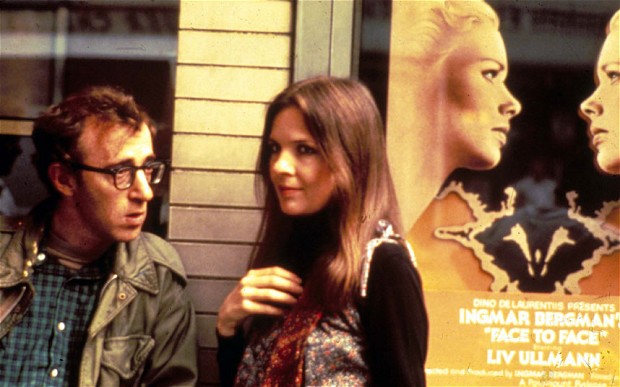
Annie Hall is Woody Allen’s unequivocal masterpiece. With the exception of Groundhog Day, no other major American film has had such a remarkable structure to tell its love story.
The use of non-linear narrative — which sometimes feels like a freewheeling journey through the mind of its morose protagonist Alvy Singer — was a perfect choice to represent the ways in which memory reconstructs the moments of love in order to locate those exact points when it feels like everything went wrong, and those moments where everything felt right.
In this respect, it becomes one of the best representations of bittersweet love in the history of cinema; showing a) that it is impossible to fully understand the object of your desire and b) that it is impossible to ever fully change in order to accommodate your lover.
Love is full of compromise, of tolerating your partner’s weird tastes, of moving into small apartments together to try and make it work, of balancing your own life with another’s, and of sometimes slowly realising that, despite how hard you try, some love stories are just not meant to be.
Whilst the work of Woody Allen — and the persona of Woody Allen himself, replete with fourth-wall breakages, digressions, and even a cartoon interlude — can be grating to some viewers, it would be hard to deny the cumulative effect of this movie; the effects of which can be seen rippling through cinema to this day, including works such as (500) Days Of Summer and even La La Land — just think of that final, “alternate,” montage.
5. Sometimes love is inseparable from place: Manhattan (1979)
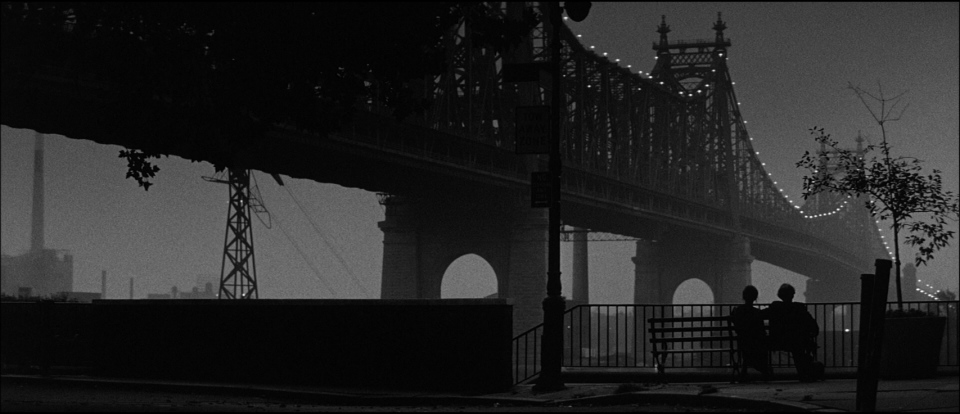
When people think of Woody Allen, they usually think of New York, the city where he made his name and some of his best movies. Yet for those who live across the Brooklyn bridge, namely Allen himself, the borough of Manhattan represented something even more entertaining and rarefied. A place of spectacle, immortalised in the sparkling costume dramas of the 30s, Allen has always had a fascination with the bright lights.
Thus it made sense for him to team up with Gordon Willis (known as “The Prince of Darkness” for his stellar work on The Godfather) to shoot the city as picture perfect as they could. With black-and-white photography scored to the music of George Gershwin — a New Yorker if there ever was one — Manhattan is a love letter to the city that doubles up as a brilliant look at how place shapes one’s romances.
The best scenes from the movie are the one’s that situate Manhattan as a character within the movie. Whether its sitting on a bench and gazing upon the Hudson, taking a walk across central park, or eating at the Empire Diner on West 22nd street, the indelible images from Manhattan have become so iconic as to have passed over into the realm of popular culture clichés.
Here Allen proves that place and romance are inextricably linked, and that the more specific one gets about the place, the more universal the romance can be.